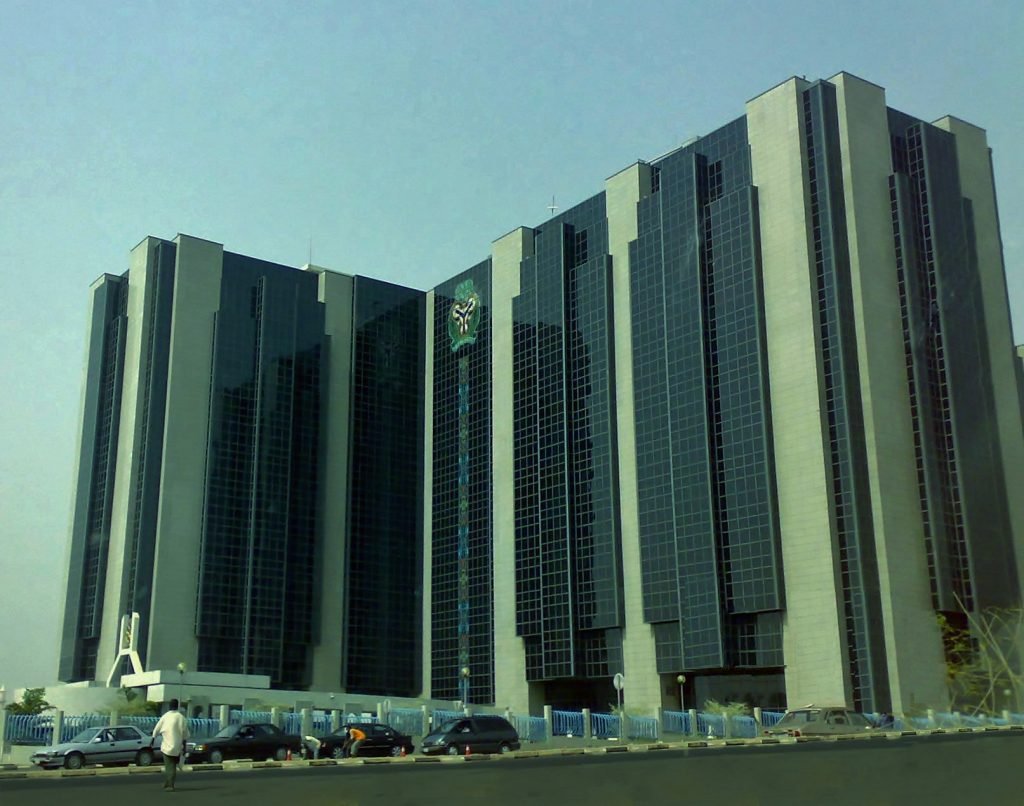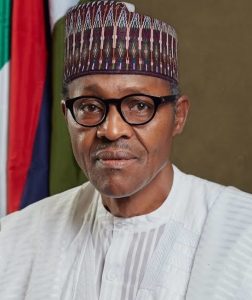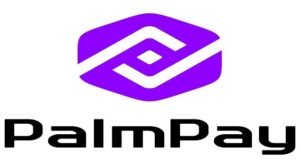
By Abibat Aliu
Financial data obtained by this medium suggest that deposit money banks (DMBs) had less reason to worry about liquidity last year as borrowing from the Central Bank of Nigeria (CBN) to meet urgent short-term needs dropped by 15.3 per cent to N11.01 trillion.
In 2021, banks borrowed a total of N13.01 trillion from the apex bank through its Special Lending Facility (SLF). The figure fell by as much as N2 trillion in the following 12 months to N11.01 trillion.
The period was also marked by a marginal rise in banks’ overnight savings through the Special Deposit Facility (SDF) window. The total value the banks saved through the window to un-park their excess short-term liquidity was N3.2 trillion or 5.7 per cent up from N3.03 trillion recorded the previous year.
That puts the net value of CBN’s lending to banks to banks to meet short-term liquidity needs at N7.8 trillion for the 12 months.
SLF and SDF are two legs of the discount window facility which helps commercial banks manage short-term liquidity needs either through lending or borrowing. Banks earn the equivalent of the monetary policy rate (MPR) of less than 700 basis points (bps) for SDF that meets the conditions of the window.
On the other hand, they pay the Central Bank an equivalent of MPR plus 100 bps as interest on any amount accessed from SLF. A regular or high recourse to SLF is a signal that banks could be battling a liquidity crunch.
Rising from the COVID-19 crisis in 2020, SLF spiked by 163 per cent to over N13 trillion while SDF tumbled by over half, from N6.37 trillion to N3 trillion. Interest rates, then, were relatively low, a blight on the attraction of the money market.
Last year, Nigeria entered a restrictive monetary regime as the country, like the rest of the world, battled head-scratching inflation that hit 21.47 per cent as of November.
From May, the first in the series of the current rate hikes, till November, the monetary policy rate (MPR) was raised by 500 basis points (bps).
The savings interest rate was also raised to 30 per cent of MPR, which has raised the cost of funds for many banks. this had been reported that the banks would SDF and debt instruments to unpark their cash holdings as the business environment becomes increasingly riskier.
The perceived rising risk is worsened by the coming elections. And experts said the challenge would increase the funding challenges faced by the real sector in the coming months.
Sadly, a development economist, Dr. Chiwuike Uba, said the monetary tools lack the potency to address the current inflationary pressure, which is 90 per cent driven by other factors, including the foreign exchange pass-through effect.
“There is no question that inflation will continue to increase in 2023 because the engines of inflation have not yet been properly combated. Over 70 per cent of inflation is driven by the exchange rate (depreciation of the naira), with diesel and aviation accounting for over 11 per cent and about seven per cent by other exogenous shocks. Interestingly, the contribution of the money supply to inflation is below 10 per cent.
“Yet, the policy direction of the CBN largely focuses on the money supply, without the effort needed to address ways and means and the question of the exchange rate. The CBN’s contribution to the federal government through ways and means is about 40 per cent of the total money supply, which in turn contributes to inflation,” Uba argued.








